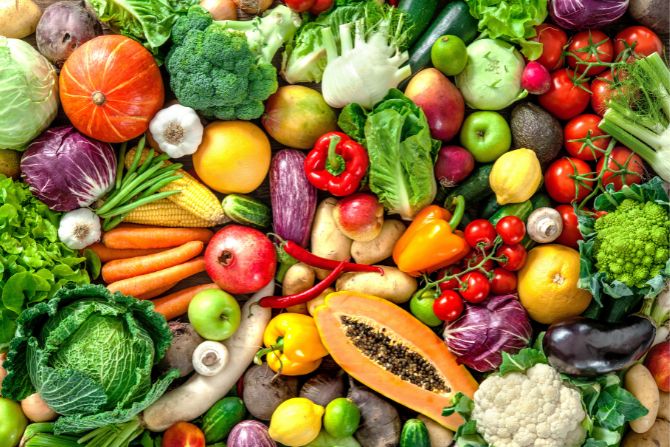
If you work in the logistics and transportation industry, you know that transporting perishable goods like food is always a hot topic. When transporting perishable food, it’s critical to have all your paperwork in order as you go through customs inspections. In recent years, government programs have been created to speed up the process and increase transparency. If you’re dealing with frozen food, proper refrigeration becomes non-negotiable in order to comply with safety and health regulations.
In this post, we’ll break down the challenges of transporting perishables and give you an updated perishable foods list that leads U.S.–Mexico trade in 2025.
Table of Contents
- Why Is Food Tricky to Ship Across the Border?
- Top 10 Perishable Foods List Exported from the U.S. to Mexico.
- Joint Inspection Program (Now Permanent)
- Cold Chain Technology in 2025: Smarter, Safer Logistics
- Key Logistics Corridors Between Mexico and the U.S.
- Cross-Border Trade Under USMCA (T-MEC)
- Frequently Asked Questions (FAQs)
- Conclusion
Why Is Food Tricky to Ship Across the Border?
Getting a shipment from one country to another is more complicated than domestic shipping. It gets even more complex when perishable food is involved.
Here’s why:
Food Might Spoil
Your shipment should arrive in the same condition it left—easier said than done with perishable goods. Frozen items may thaw, and fresh produce can deteriorate during transit. That’s where cold chain logistics come in.
Logistics providers like ILS Company offer temperature-controlled solutions that ensure your cargo stays within optimal ranges throughout the journey. If the freight needs to be transloaded at the border, refrigerated cross-dock facilities are used to prevent any thermal variation during transfer from one trailer to another.

Cold chain logistics are essential to prevent spoilage during cross-border shipments.
Only Certain Foods Are Allowed
Not all foods can cross the border freely. If you’re importing food for commercial purposes, speak with a U.S. Customs and Border Protection (CBP) Import Specialist. Regulations vary depending on food type, origin, and possible trade restrictions.
The U.S. Department of Agriculture (USDA) and U.S. Food and Drug Administration (FDA) oversee admissibility. Foods containing meat, dairy, poultry, or egg products often require special permits, health certificates, and safety documentation.
Packaging Challenges
Long transit times mean packages can be mishandled or knocked over. Raw meat, for example, requires both refrigeration and secure packaging to prevent leakage or contamination. Canned or dry goods, on the other hand, are more forgiving. Still, packaging must be strong enough to withstand international handling.
Top 10 Perishable Foods List Exported from the U.S. to Mexico
Agriculture remains the second most important sector in U.S.–Mexico trade, right behind manufacturing. According to 2024 data from Mexico’s Department of Agriculture, agricultural imports from the U.S. surpassed $30 billion, a record figure.
Here is the perishable foods list driving this trade:
1. Avocados
Despite being a major Mexican export, some avocado products from the U.S. are re-imported processed or frozen. Still, Mexico produces over 2.8 million tons of avocado annually, exporting over 1.5 million tons—mainly to the U.S.
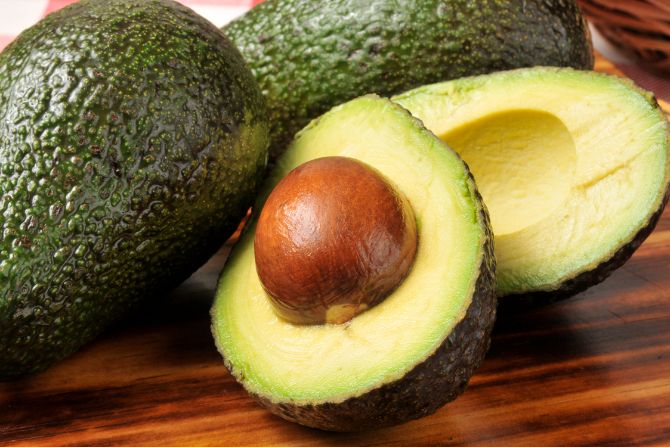
Avocados top the perishable foods list, with over 1.5 million tons exported from Mexico to the U.S. annually.
2. Tomatoes
Tomato exports continue to grow, especially vine-ripened and cherry varieties. In 2024, over 82% of Mexican tomato production was exported, capturing over 25% of the global tomato export market.

Tomatoes are a key item in the perishable foods list, with over 80% of Mexico’s production destined for export.
3. Bell Peppers
Mexico remains the world leader in bell pepper exports, with a 29% global share, mainly serving the U.S., Canada, and U.K. Chihuahua and Sinaloa lead national production.
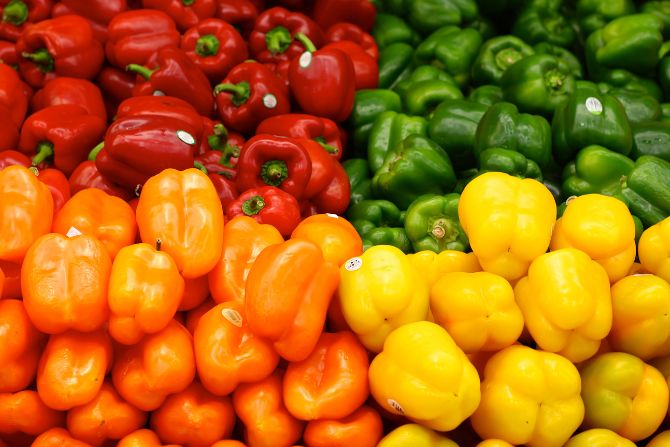
Bell peppers lead Mexico’s vegetable exports, representing 29% of the global market in the perishable foods list.
4. Corn
Mexico is a top producer of white corn, but imports significant volumes of yellow corn from the U.S. due to logistics and price efficiency, especially for consumers in northern states.
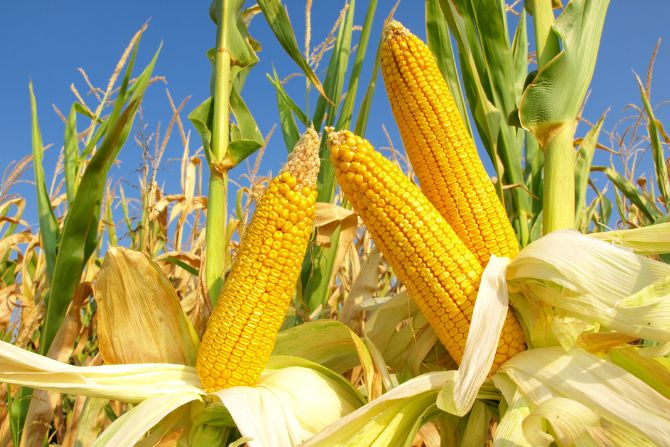
Corn tops the perishable foods list with over $4.7 billion USD in U.S. exports to Mexico, driven by price and proximity.
5. Soybeans
Mexico imports 95% of the soybeans it consumes, with 85% coming from the U.S. These are essential for oil production and animal feed.
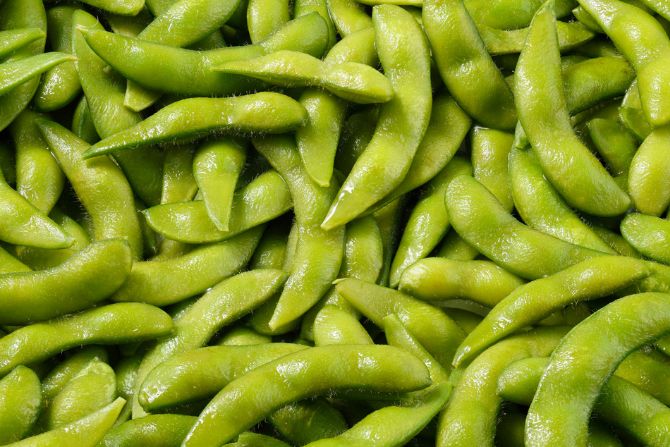
Mexico imports 95% of its soybeans, placing them high on the perishable foods list of U.S. agricultural exports.
6. Dairy Products
U.S. dairy exports to Mexico continue to break records, surpassing $2 billion in 2024, with growing demand for milk powder, cheese, and butter.
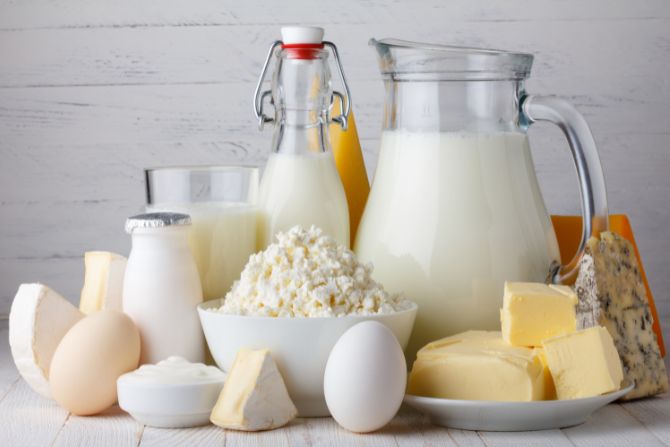
Dairy products like milk and cheese are high on the perishable foods list, with over $2 billion USD in U.S. exports to Mexico in 2024.
7. Pork Meat
Mexico consumes 2.1 million tons of pork yearly but produces just 1.3 million. Imports from the U.S. make up the difference, especially for festive seasons and regional dishes.
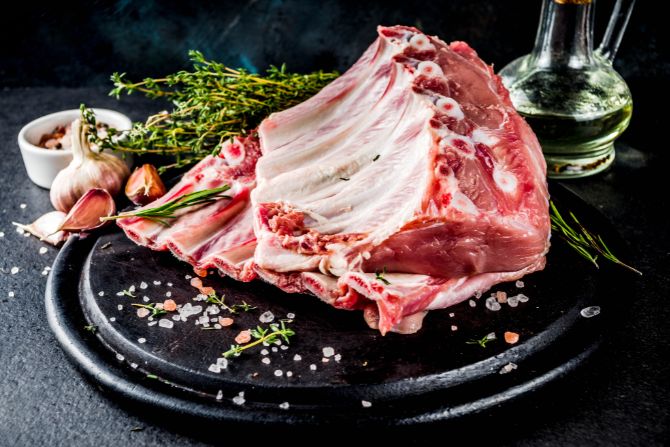
Pork meat ranks high in the perishable foods list, with U.S. exports covering Mexico’s growing demand for traditional dishes.
8. Poultry
Mexico’s poultry consumption hit 29 kg per capita in 2024. The U.S. supplies 87% of imported chicken products, especially thighs and legs that are less popular domestically in the U.S.

Poultry holds a key spot on the perishable foods list, with 87% of Mexico’s imported chicken coming from the United States.
9. Berries
Berries have become a booming export from Mexico to the U.S. and vice versa. Frozen berries from the U.S. are in high demand during off-seasons, especially in northern Mexico.
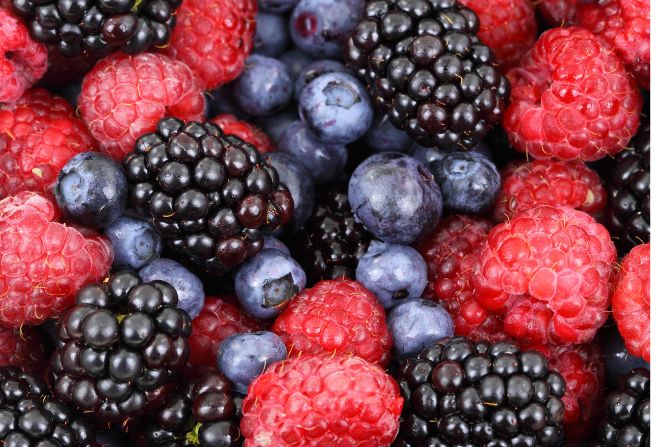
Berries are rising stars in the perishable foods list, with growing export volumes from both sides of the border.
10. Beef
Premium cuts of boneless beef are increasingly exported from the U.S. to Mexico, particularly for gourmet retail and restaurant chains. This segment grew 14% YoY in 2024.

Beef is climbing the perishable foods list with a 14% YoY growth in U.S. exports to Mexico, especially premium boneless cuts.
This perishable foods list includes key agricultural products that dominate bilateral trade and require strict cold chain logistics to ensure safety.
Joint Inspection Program (Now Permanent)
In 2024, the Joint Inspection Pilot Program between Mexico and the U.S. was officially rolled out as a permanent initiative across key border crossings: Colombia (Nuevo León), Laredo, and Reynosa.
- The program uses the FAST Lane for shipments certified under CTPAT and SENASICA, bypassing inspections on the Mexican side.
- If irregularities are found in the U.S., products are returned immediately via the same lane.
- This reduces crossing times from 5–7 hours to just 1–2 hours.
- Over 40,000 tons of perishable goods crossed using this method in 2024—87% vegetables, 13% meat products.

Certified shipments can use the FAST Lane for quicker border processing.
The ILS Company is one of the logistics firms fully integrated with this fast-track system, offering streamlined export services for clients in the agri-food sector.
Cold Chain Technology in 2025: Smarter, Safer Logistics
The cold chain is no longer just about refrigerated trucks- it’s about real-time monitoring and data-driven decision making. In 2025, the logistics industry will have fully embraced IoT devices, GPS tracking, and cloud-based temperature dashboards to ensure product integrity throughout the supply chain.
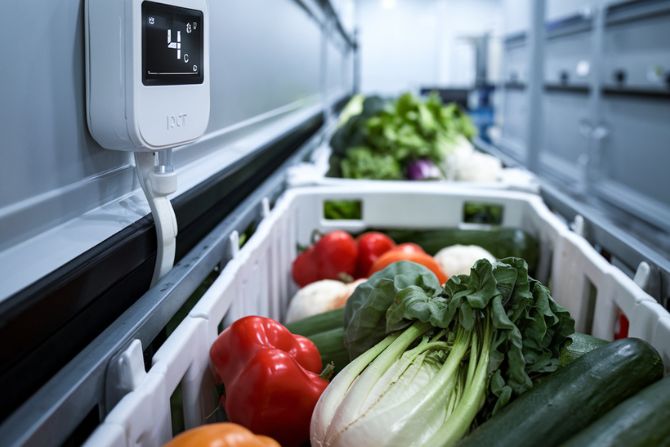
IoT and real-time monitoring are revolutionizing cold chain logistics.
At ILS, temperature-sensitive shipments are equipped with smart sensors that track humidity and temperature in real time. If a trailer door unexpectedly opens or the temperature deviates from the required range, alerts are sent immediately. This proactive approach significantly reduces spoilage and protects valuable cargo such as fresh produce, dairy, and pharmaceuticals.
Key Logistics Corridors Between Mexico and the U.S.
Cross-border food logistics depend on specific routes that offer infrastructure, proximity to producers, and customs efficiency. These are some of the most active corridors where The ILS Company operates with refrigerated cross-dock services:
- Nogales, Sonora ↔ Arizona: Crucial for produce exports like tomatoes and cucumbers.
- Nuevo Laredo, Tamaulipas ↔ Laredo, TX: The most trafficked land port; handles massive volumes of meat and dairy.
- Colombia, Nuevo León ↔ Colombia Bridge, TX: Key crossing for FAST Lane users under the Joint Inspection Program.
- Otay Mesa, Baja California ↔ California: Popular for frozen berries, avocados, and seafood from the Pacific coast.
- Guaymas, Sonora & Querétaro Logistics Hub: Strategic inland support points used by ILS for consolidation and storage.
These strategic nodes allow for shorter transit times and greater control over the cold chain—especially during peak demand or weather disruptions.
Cross-Border Trade Under USMCA (T-MEC)
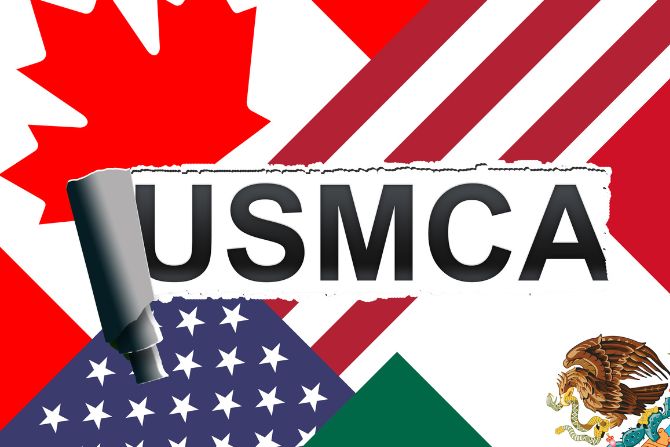
The USMCA agreement modernized trade regulations, streamlining cross-border processes for items in the perishable foods list.
Since the implementation of USMCA (T-MEC), cross-border agri-food trade has gained new momentum. The agreement reinforces the importance of science-based sanitary measures, digital documentation, and quicker dispute resolution mechanisms.
What does this mean for perishable goods?
- Streamlined customs processes: Faster clearance for trusted shippers like ILS.
- Stronger safety compliance: New protocols ensure fair and transparent food safety regulations.
- Greater market access: Mexican and U.S. exporters have more flexibility in meeting seasonal demand across borders.
Understanding how to navigate the T-MEC regulations is now a must for manufacturers, importers, and exporters alike. ILS Company helps clients adapt to these regulations, ensuring full compliance and maximizing market reach.
Frequently Asked Questions (FAQs)
What qualifies as a perishable food item?
Any food product that can spoil, decay, or become unsafe to eat if not kept under proper temperature and handling conditions. This includes meats, dairy, seafood, fresh produce, and some processed items.
Can I ship perishable foods across the U.S.–Mexico border without a permit?
For commercial purposes, no. You’ll need proper documentation, permits, and possibly health certificates depending on the product type and its origin.
What’s the biggest challenge in shipping perishable food?
Maintaining consistent temperature control and avoiding delays at customs, which is why working with experienced logistics providers like ILS is key.
Is the FAST Lane available for all shipments?
Only shipments that meet CTPAT and SENASICA certification requirements are eligible for this expedited process.
How do I know which permits I need?
It’s best to consult with a CBP Import Specialist or work with a logistics partner like ILS Company, which can guide you through the process.
Conclusion
Navigating the complexities of cross-border perishable food logistics requires expertise, technology, and strategic partnerships. With increasing regulations and consumer demand, staying informed and prepared is essential. From understanding compliance to leveraging advanced cold chain solutions, success is in the details.
Whether you’re an experienced exporter or just starting out, choosing the right logistics partner can make all the difference.
For more insight or assistance, contact ILS Company – we are here to help you move forward with confidence.


